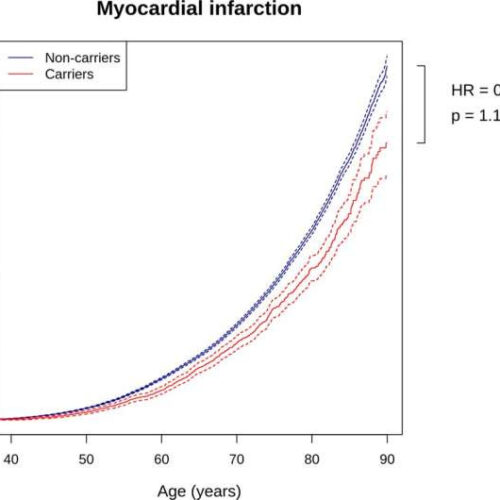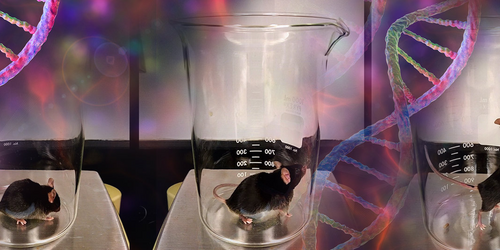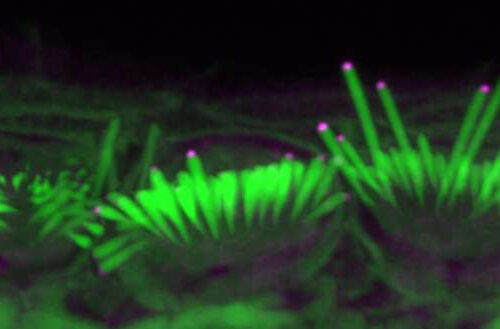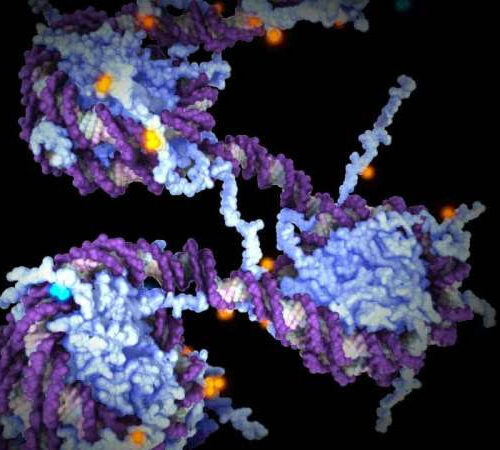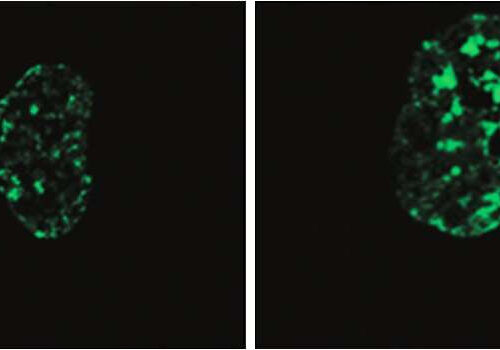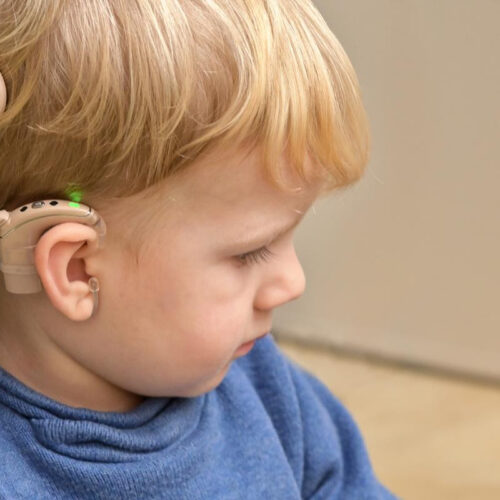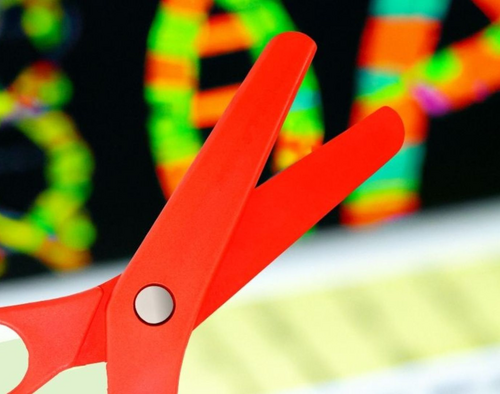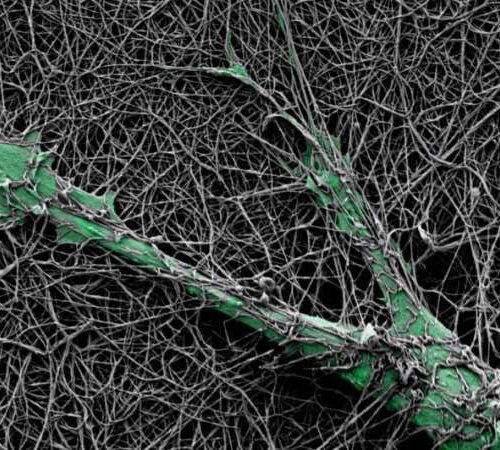by University of Helsinki Cumulative incidence plots for first event of myocardial infarction in FinnGenR6. Red line represents carriers (homo- or heterozygous) for either rs534125149 or rs201988637 (n = 17,838), and blue line represent non-carriers (n = 242,567). Hazard ratio and p-value are from cox-proportional hazards model. Dashed lines represent 95% confidence intervals. Credit: Communications Biology (2022). DOI: 10.1038/s42003-022-03552-0 A variant...
Category: <span>Genetics</span>
Gene mutations from patients with debilitating seizure and movement disorder created in mice
UNIVERSITY OF MARYLAND SCHOOL OF MEDICINE IMAGE: MICE GENETICALLY ENGINEERED TO CARRY MUTATIONS THAT MAKE THE KCNMA1 ION CHANNEL MORE ACTIVE (LEFT) ARE HUNCHED AND IMMOBILIZED AFTER A STRESS TEST WHICH TRIGGERS INVOLUNTARY IMMOBILITY; NORMAL MICE (MIDDLE) SHOW TYPICAL MOUSE BEHAVIOR, AND THOSE WITH A MUTATION CAUSING REDUCED KCNMA1 ION CHANNEL ACTIVITY APPEAR RESTLESS. CREDIT:...
Gene therapy rescues malfunctioning inner ear hair cells that transduce sound
by Salk Institute From left: Short, intermediate and long hair stereocilia (green) of the inner ear that transduce sound in mice treated with increasing levels of EPS8 (magenta). The addition of more EPS8 results in stereocilia elongation. Credit: Salk Institute/Waitt Advanced Biophotonics Core Scientists from the Salk Institute and the University of Sheffield co-led a...
Not all in the genes: Are we inheriting more than we think?
by Walter and Eliza Hall Institute Epigenetic tags (orange and blue) on inactive DNA. Researchers say epigenetic tags could be passed onto offspring more often than previously thought. Credit: Still from WEHI.TV’s animation “X Inactivation and Epigenetics” by Etsuko Uno A fundamental discovery about a driver of healthy development in embryos could rewrite our understanding of...
New target identified for treatment of premature aging disease
by Salk Institute Left: Hutchinson-Gilford progeria syndrome cell with signs of premature aging. This cell shows less histone protein (green), which normally helps maintain the cell’s DNA integrity and function. Right: The cell shows less signs of aging when LINE-1 RNA is reduced, and there is more histone protein present. Credit: Salk Institute A stretch of...
New gene therapy could prevent genetic hearing loss
By Michael Irving August 11, 2022 A new gene therapy could correct forms of genetic hearing loss Depositphotos Researchers at the Salk Institute have made a breakthrough that could lead to new treatments for genetic hearing loss. Gene therapy that delivers a particular protein can ensure faulty hair cells grow correctly, allowing for improved hearing....
A better roadmap for beating deadly leukemia
by Joe Rojas-Burke, Oregon Health & Science University Graphical abstract. Credit: Cancer Cell (2022). DOI: 10.1016/j.ccell.2022.07.002 Acute myeloid leukemia, or AML, is the most common acute blood cancer in adults—and one of the most difficult to treat. Scientists at Oregon Health & Science University have discovered a potential new target for stopping it: a gene that, when active,...
Gene editing via CRISPR/Cas9 can lead to cell toxicity and genome instability
INSTITUTE FOR RESEARCH IN BIOMEDICINE (IRB BARCELONA) IMAGE: GENE EDITING VIA CRISPR/CAS9 CAN LEAD TO CELL TOXICITY AND GENOME INSTABILITY CREDIT: IRB BARCELONA Researchers at IRB Barcelona identify critical spots on the genome where gene editing could cause an unwanted response, and they provide recommendations for safer approaches. The results have been published in Nature Communications....
Skin cancer cells harness nerve cell gene to drill through and invade new tissues
by Institute of Cancer Research Melanoma cell growing into a soft hydrogel. Credit: Professor Chris Bakal Melanoma skin cancer cells harness a gene usually used by growing nerves to escape from their immediate area and spread through tissues, new research has found. Scientists found that melanoma cells use the gene ARHGEF9 to create “molecular drills” that help...
Gene Therapy Approach Shows Promise in Treating ALS
Amyotrophic lateral sclerosis (ALS) is a neurodegenerative disease characterized by the progressive loss of motor neurons in the brain and spinal cord responsible for voluntary movements and muscle control. In a new study, published in the journal Theranostics, researchers at University of California San Diego School of Medicine report that a gene therapy approach, developed at UC...

